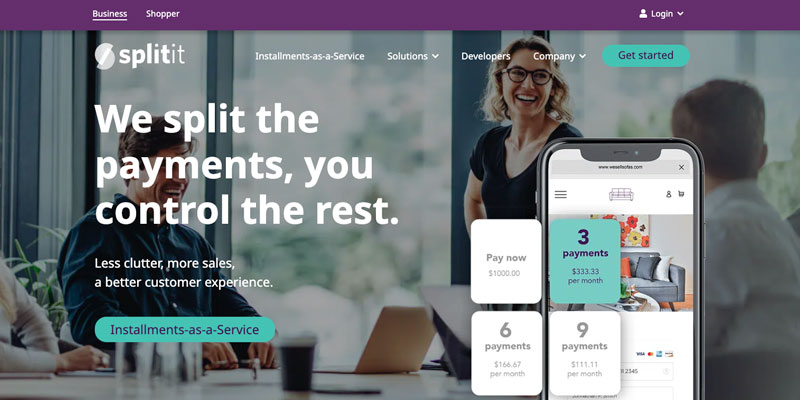The United States has been sluggish in adopting its college savings 529 plan strategy, which was first launched in the mid-1990s. Throughout 2021, Edward Jones, an investment adviser, polled American parents and found that just 20% had used or used a 529 plan to prepare for higher education expenses. Investments in high-return assets held inside a 529 plan are exempt from capital gains taxation while in the account. Subsequently, withdrawals may be used to cover the cost of eligible higher education costs without incurring any additional tax liability. Even though tax-free investment is a great perk, the plans have certain drawbacks that might explain why so few individuals are aware of or take advantage of them.
The Four Drawbacks of The 529 College Savings Plan Are As Follows
The Availability of Various Investment Options May Be Restricted
You may be able to put money into various investment vehicles, including stock funds, fixed-income securities, and certificates of deposit insured by the Federal Deposit Insurance Corporation (FDIC) via a 529 plan. Destination funds are available in many states, and they automatically rebalance your portfolio's assets so that they are less risky as you move closer to withdrawing the money. However, each state is responsible for its own 529 plan, and some programs may not provide a very appealing investment vehicle. Some state programs, for instance, could only have a handful of expensive investment options. That may be a significant drawback compared to considering investing the money in even more pretty things like particular stocks, especially for people with financial knowledge. Paying taxes in a taxable account so you may invest in these alternatives can be worthwhile.
There Are Different Kinds Of 529 Plans

Both symbolically and physically, state plans are scattered all over the place. While certain universal aspects of 529 projects (such as tax-free withdrawals for certain educational costs), many details of a given state's 529 are left to the discretion of that state. Each state has its own 529 plan and set of restrictions since "529 plans are creatures of state legislation," as Gallagher puts it. Only payments to a few states may be deducted from federal taxes. Some other ways the 529 plans vary include the minimum contributions required of participants, the types of investments available, the expenses associated with those investments, and the overall administration of the plans. More time and effort will be required to compare and contrast various state plans and weigh the pros and cons of each option. However, choosing the most suitable 529 plan for your circumstances is crucial.
You Might Easily Incur A Penalty
Plans with a 529 designation are subject to stringent regulations. The most critical is that money in a 529 plan may only be used to cover certain types of college costs. The alternative is to pay taxes on the investment profits at the regular rate plus a 10% penalty. Books, supplies, and living costs are considered part of a student's "qualified education expenditures." Other college costs may also apply, such as the purchase of a computer and related educational software. In addition to paying for higher education, 529 plans may be used for private K-12 education or approved apprenticeship programs.
529s Reduce Eligibility For Federal Funding

It's already a financial burden to go to college, so there's no need to make decisions that reduce your eligibility for free financial aid. In addition, having money in a 529 plan may reduce the financial help you are offered. According to Mark Charnet, CEO of American Happiness Group in Pompton Plains, New Jersey, "529 assets weigh against the account owner when qualifying for a financial assistance package." "The more assets one has in the plan, the less one may expect to get in the way of grants, loans, including financial scholarships." However, the impact on financial assistance will vary depending on who controls the account. The anticipated commitment of a family with a 529 account owned by parents might be reduced by 5.64 percent. However, the expected contribution of something like a student who owns the account could be reduced by 20 percent.
Conclusion
Many grandparents and guardians find that a 529 plan is an excellent method to put money aside for their children's higher education expenses. While a 529 plan has many benefits, it also has a few drawbacks. 529 plans have several disadvantages, including a lack of flexibility in selecting investments, the possibility of incurring fees, and a penalty if withdrawals aren't used for qualified expenses. Read the information below to determine whether a 529 plan suits you and your prospective college student.
watch next


